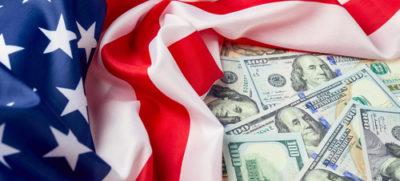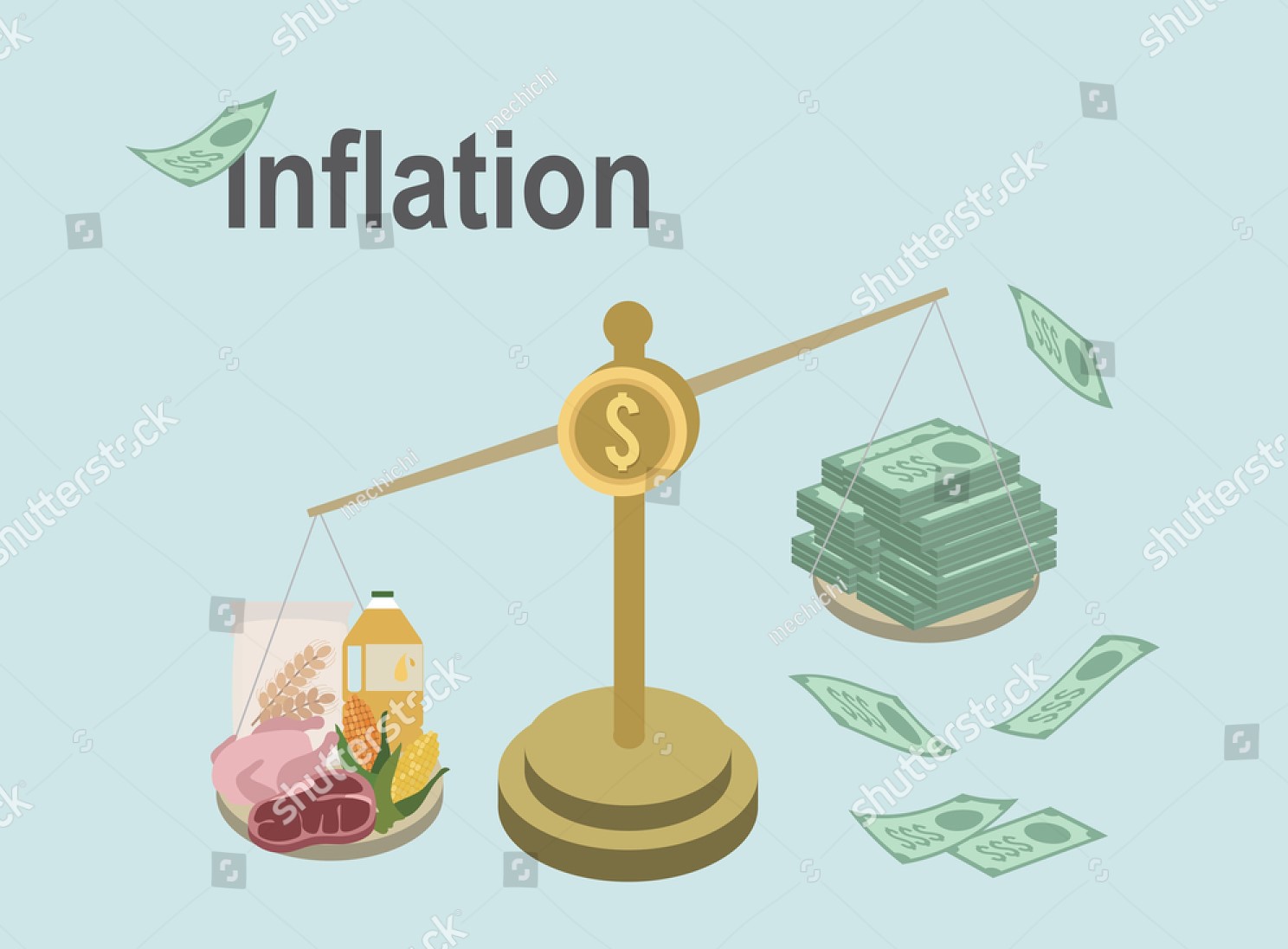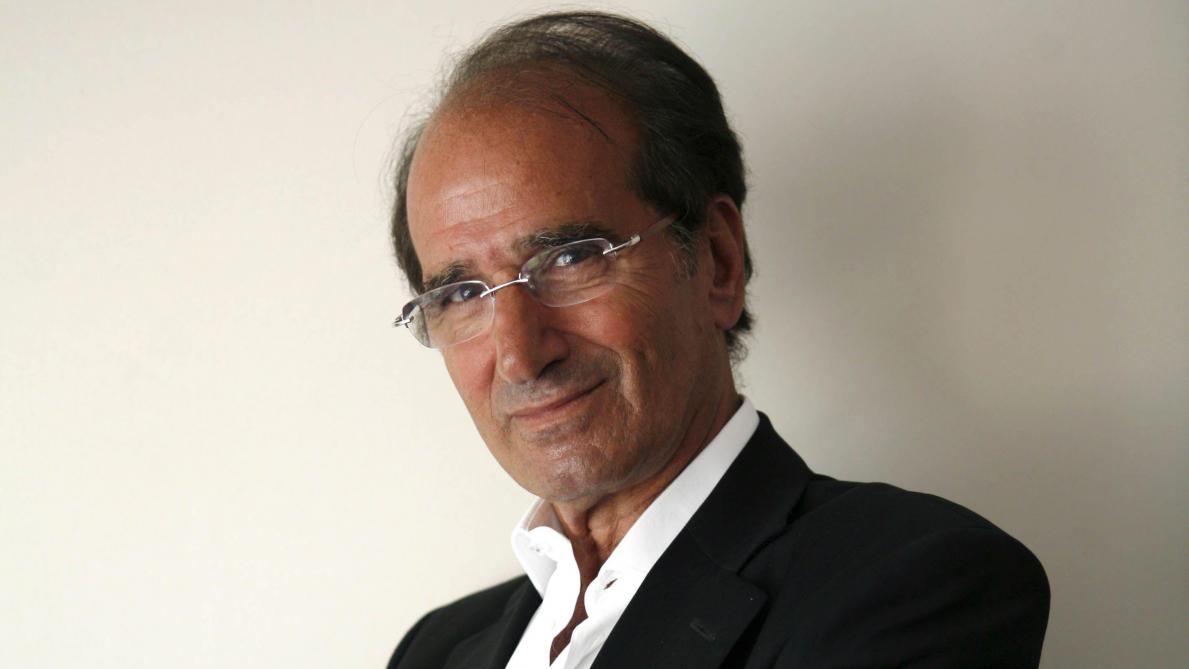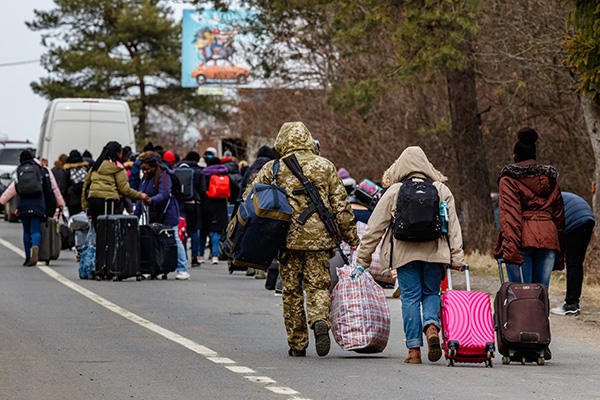
United States: Slowdown or recession?
by Christophe Blot In the first quarter of 2022, US GDP fell by 0.4%, ending the recovery that had begun in the summer of 2020. […]

by Christophe Blot In the first quarter of 2022, US GDP fell by 0.4%, ending the recovery that had begun in the summer of 2020. […]

by Christophe Blot At the monetary policy meeting on 16 March 2022, the Federal Reserve raised its interest rate by a quarter point to 0.5%[1]. […]

Born on 19 August 1942 in La Goulette (Tunisia), died on 15 April 2022 in Paris The economist Jean-Paul Fitoussi passed away on 15 April […]

By Éloi Laurent “Are we able to reimagine a world where economies are focused on health and well-being?” With these words, the WHO issued a call to […]

by Christophe Blot The end of 2021 was marked by growing concern among central banks about inflation[1]. As pressure on prices intensified with Russia’s invasion […]

by Xavier Ragot, with contributions from Céline Antonin, Elliot Aurissergues, Christophe Blot, Eric Heyer, Paul Malliet, Mathieu Plane, Raoul Sampognaro, Xavier Timbeau, Grégory Verdugo. The […]

by Gregory Verdugo An unprecedented crisis Since the war in Ukraine started, unprecedented numbers of refugees have poured across the country’s borders. As of 15 […]

By Christophe Blot With the return of inflation in 2021, the focus is now on the central banks and their mandate for price stability. Between […]

by Elliot Aurissergues, Christophe Blot and Caroline Bozou The latest inflation figures for the United States confirm the trends seen over the last few months. […]

by Christophe Blot, Caroline Bozou and Jérôme Creel In August 2021, inflation in the euro area reached 3% year-on-year. This level, which has not been […]
Copyright © 2025 | WordPress Theme by MH Themes